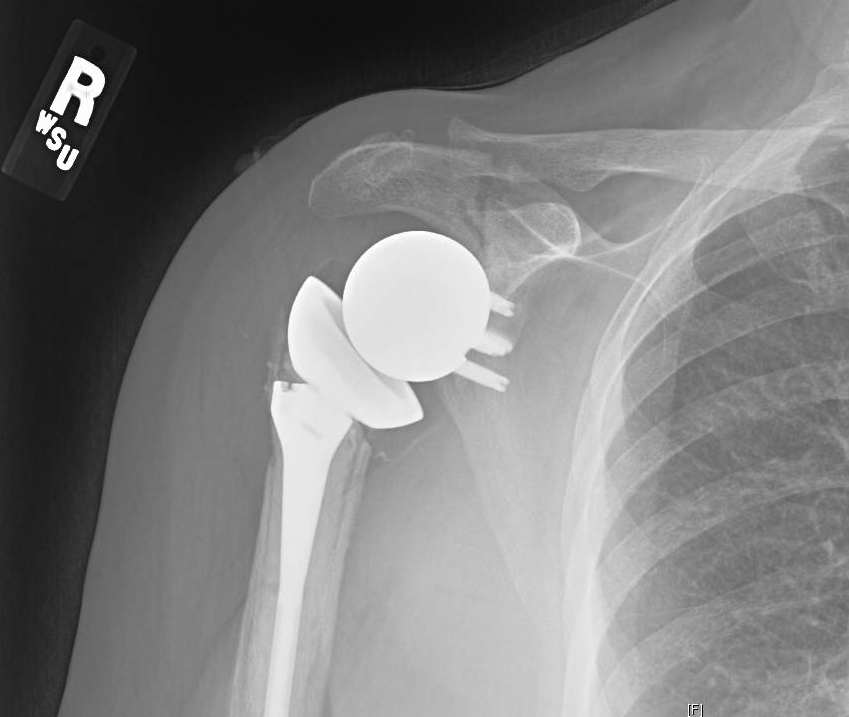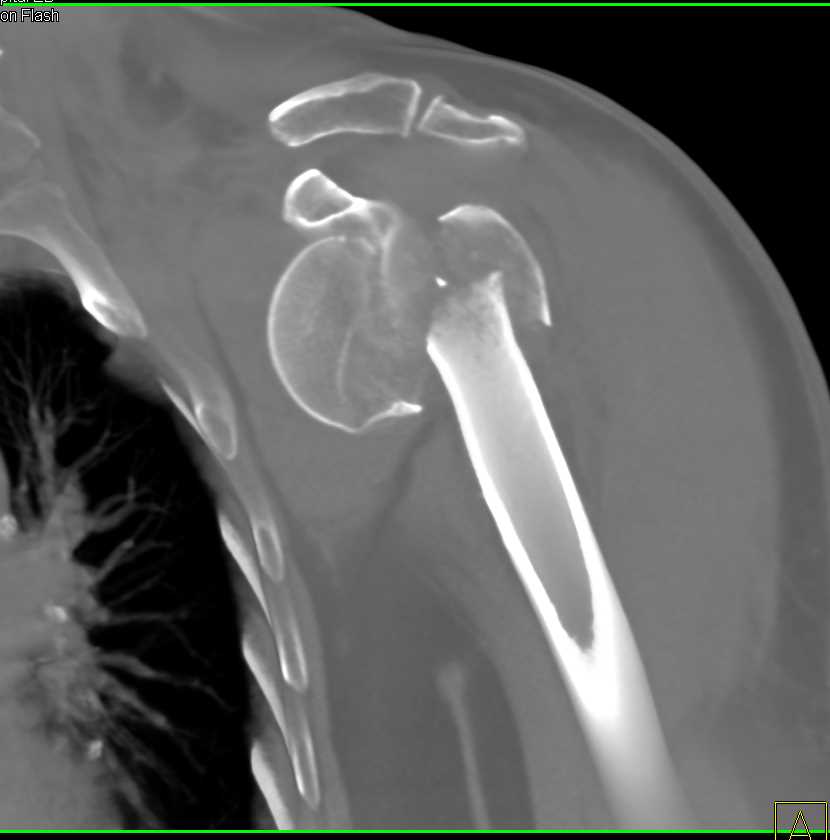

Neer (1970) has done much to characterize proximal humerus fracture patterns and has pointed out that three types of displaced surgical neck fractures are seen: impacted and angulated, unimpacted, and comminuted ( Fig. A determination of the degree of displacement and angulation of the fracture fragments is important in selecting the best form of treatment. Most surgical neck fractures of the proximal humerus are minimally displaced and stable, and may be treated nonoperatively. Also, although swelling about the shoulder may limit the ability to assess deltoid function, careful palpation of each of the three heads of the deltoid will usually allow for confirmation of the patient’s ability to contract this muscle. Particular attention should be paid to the axillary nerve, with careful assessment of sensation about the shoulder. Axillary nerve and arterial injury does occur. Displacement of surgical neck fractures can generally be assessed on a routine radiograph, but computed tomography (CT) scans can be performed if there are questions about the degree of displacement and/or orientation of the humeral head.Īs in all fractures of the proximal humerus, a careful and thorough neurovascular examination should be performed. Radiographs confirm the fracture pat tern. The swelling and crepitus at initial presentation make a shoulder fracture a likely possibility.
IMPACTED SHOULDER FRACTURE SERIES
An anteroposterior (AP) (A), axillary (B), and scapular Y (C) view of the shoulder.Ī three-view trauma series is obtained ( Fig. Moderate swelling is present about the shoulder.įigure 2–1. Also, isometric contraction of the three heads of the deltoid can be palpated. Careful neurologic and vascular examination demonstrates normal distal pulses, excellent capillary refill, and intact sensation in the area of the shoulder. Crepitus is felt through the limited range of motion that is possible. Range of motion is limited secondary to pain.

He denies any numbness or other significant abnormality. He reports pain, crepitus, and weakness in the shoulder. A 45-year-old man presents to the office several hours after falling 8 feet from a ladder onto his shoulder.


 0 kommentar(er)
0 kommentar(er)
